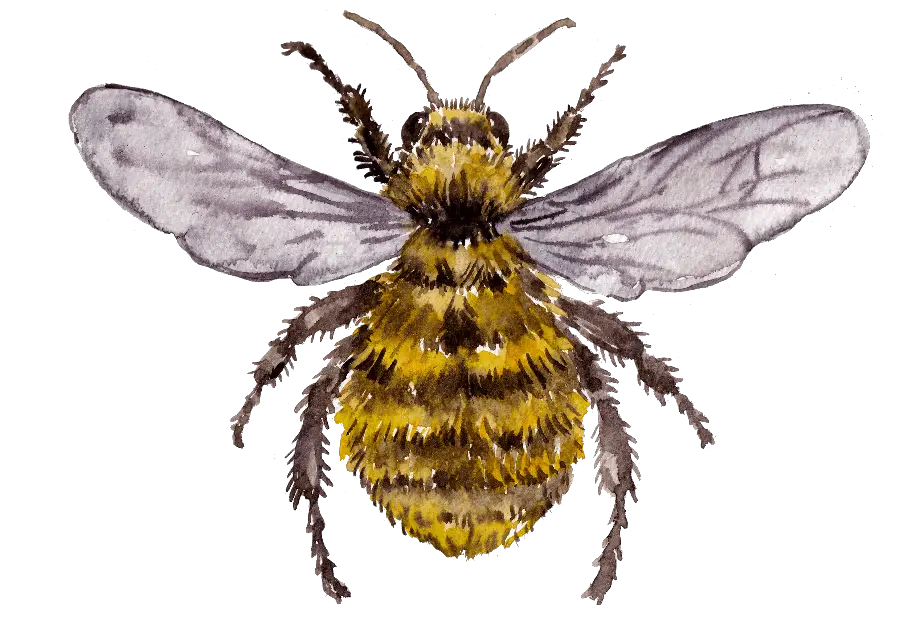Last updated on January 4th, 2024 at 02:02 pm
Meet the Golden Northern Bumblebee, or Bombus Fervidus if you’re into the whole Latin thing. This bee is a golden wonder, buzzing around with a sense of purpose and a coat that’s as vibrant as a summer’s day.
But what makes this bee so unique? Let’s dive into the fascinating world of the Golden Northern Bumblebee.
Appearance: A Golden Marvel
First up, let’s talk about this bee’s show-stopping looks:
- Colour: A striking golden-yellow hue covers most of its body, with occasional black bands.
- Size: Adult bees range from 17-21mm, making them a fairly large bumblebee species.
- Sexual Dimorphism: Males and females look similar, but males often have slightly longer antennae.

Habitat: Where the Gold Resides
If you’re planning a bee-spotting adventure, here’s where you should aim your binoculars:
- Geographical Spread: Predominantly found in North America, but they’ve been spotted in parts of Europe as well.
- Preferred Habitats: Meadows, gardens, and open woodlands are their playgrounds.
Behaviour: The Golden Personality
This bee isn’t just a pretty face; it’s got some intriguing behaviours to boot:
- Social Structure: They live in colonies, usually consisting of a queen, workers, and males.
- Nesting: Unlike some other bumblebees, they often nest above ground in tall grass or abandoned bird nests.
- Foraging: They’re known for their long foraging hours, often from dawn to dusk.
Diet: The Golden Menu
- Pollen and Nectar: They’re not picky eaters. They’ll feed on various flowers, including sunflowers, clovers, and asters.
- Foraging Range: They have a large foraging range, sometimes covering several miles in a single day.
When and Where to Spot Them
For those of you who want to see this golden beauty in action:
- Time of Year: They’re most active from late spring to early fall.
- Time of Day: Early morning and late afternoon are the best times to spot them.
| Best Time to Spot | Location | Activity Level |
|---|---|---|
| Early Morning | Meadows | High |
| Midday | Gardens | Moderate |
| Late Afternoon | Open Woodlands | Low |
Conservation: A Golden Opportunity
- Population Status: Their numbers have declined, mainly due to habitat loss and pesticide use.
- Conservation Efforts: Planting native flowers and reducing pesticide use can go a long way in helping them.
Why They Matter
- Pollination: They’re excellent pollinators, especially for wildflowers and certain crops.
- Ecosystem Role: Their foraging helps in seed dispersal, contributing to a healthy and diverse plant community.
Conclusion
The Golden Northern Bumblebee is a species that deserves our attention and admiration. Its unique characteristics and vital ecological roles make it a fascinating subject for anyone interested in bees.
For more details on identifying other bee species, visit our bee identification page.




